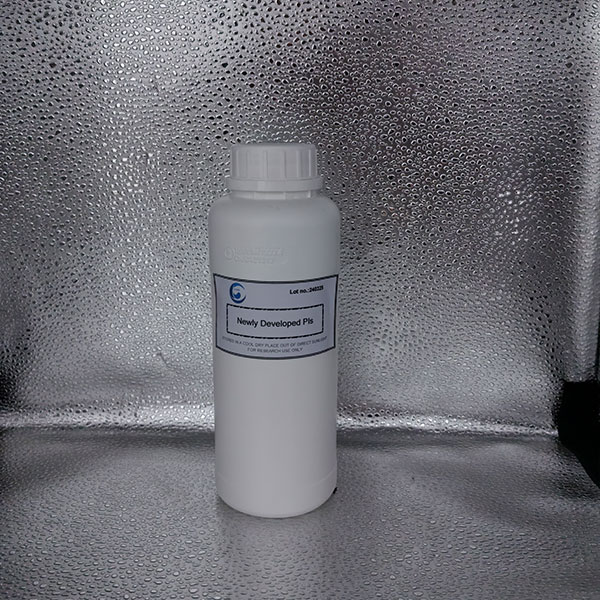Description
Photoinitiator LAP / Lithium phenyl-2,4,6-trimethylbenzoylphosphinate CAS 85073-19-4
Synonyme : Lithium phenyl-2,4,6-trimethylbenzoylphosphinate
No CAS: 85073-19-4
Formule moléculaire: C16H18LiO3P
Informations générales:
LAP is a water-soluble blue light photoinitiator that can rapidly initiate the curing of photosensitive hydrogel materials or bio-inks under the action of blue light (wavelength 405nm).
LAP is photocrosslinked by 405 nm blue light and is generally superior to 2959 due to improved cell compatibility.
Spécifications:
| Apparence | Poudre blanche |
| La pureté | ≥98.5% |
| Absorption peak | 371nm |
| Teneur en substances volatiles | ≤0.5% |
Utilisation:
Water-based photopolymer 3D printing is not a simple technology. It is very different from traditional 3D printing. While traditional 3D printing often has limitations in material processing and forming accuracy, water-based photopolymer 3D printing can achieve more detailed and complex structures with the help of the magic power of the photoinitiator LAP. This involves a complex photochemical reaction principle. When exposed to light of a specific wavelength, the photoinitiator LAP can quickly initiate a polymerization reaction in the water-based photopolymer ink, causing the printing material to rapidly change from a liquid to a solid state and precisely accumulate into a designed three-dimensional model.
In the biological field, 3D printing of living organisms containing cells is a revolutionary technology. Imagine that in medical research, scientists are trying to repair damaged human tissue or organs. Once, this was just an unattainable dream, but 3D printing of living organisms containing cells makes this possible. The photoinitiator LAP acts as the conductor in this process, guiding the binding and shaping of the water-based photocuring material and cells, just like conducting an exquisite symphony of life. For example, in some experimental cases of skin tissue repair, scientists have successfully created physiologically active skin tissue using cell-laden bioprinting technology, which is a boon for burn victims. The role of the photoinitiator LAP in this process is significant. It ensures that the printing process is gentle and accurate, avoiding damage to the cells and creating favourable conditions for cell survival and subsequent tissue function.
Long-wavelength water-based light-curing coatings also have broad application prospects in industry and the decorative sector. Historically, coating technology has been constantly evolving, from the simple application of pigments in the early days to the high-tech coatings of today. Long-wavelength water-based light-curing coatings are the newcomers to the coatings family. In practical applications, such as the automotive industry, long-wavelength water-based light-curing coatings can improve the hardness and wear resistance of the coating while ensuring environmental protection. The photoinitiator LAP takes advantage of the properties of long-wavelength light in this process, making the curing process of the coating more stable and efficient. According to the latest research data, the corrosion resistance of this type of coating after curing is about 30% higher than that of traditional coatings, which undoubtedly provides more reliable protection for products such as automobiles that are exposed to complex environments for a long time.
| Water-Based Photocurable 3d Printing | Water-Based Photocurable Inks |
| Cell-Containing Bio-3d Printing. | Cell-Containing Hydrogel Curing |
| Long-Wavelength Water-Based Photocurable Coatings | |
Recommended dosage: 0.1-5% (w/w)
Paquet:
1kg/Bag
Stockage :
Stocké dans un endroit frais et sec, à l'abri de la lumière directe du soleil.
Éviter l'exposition à la lumière et à la chaleur.
Protéger le produit des fuites, de la pluie et de l'insolation pendant le transport.





Commentaires
Il n'y a pas encore de commentaires.